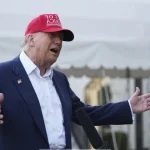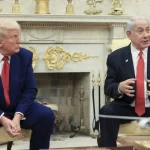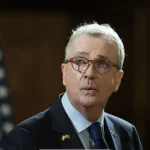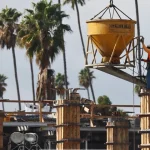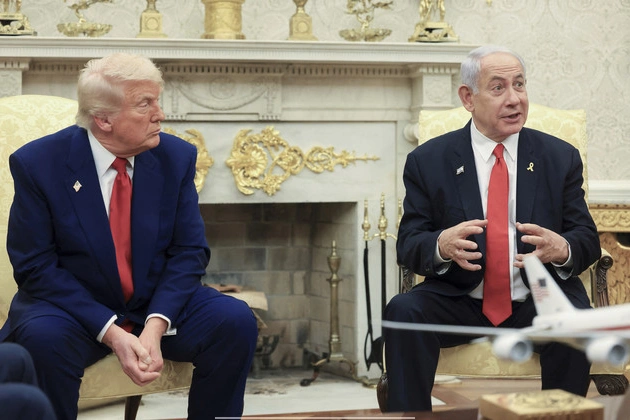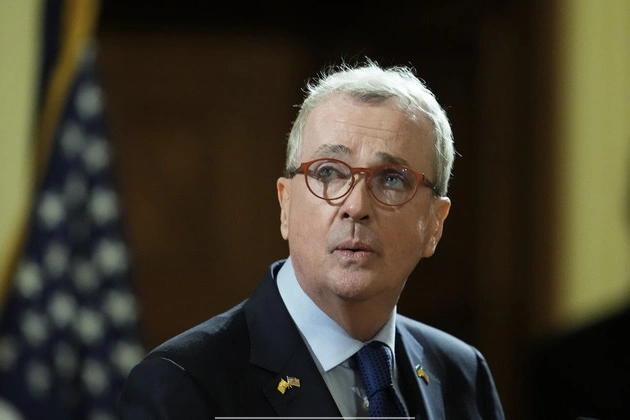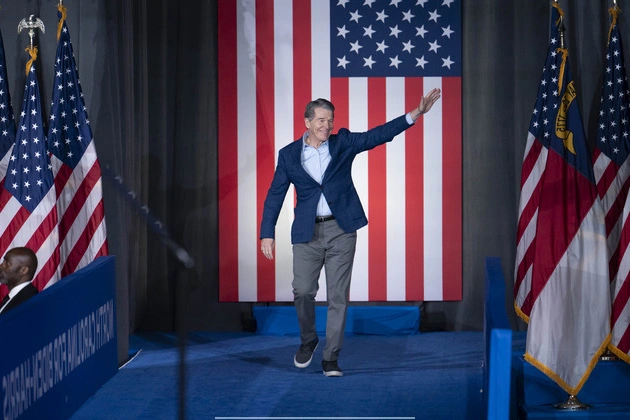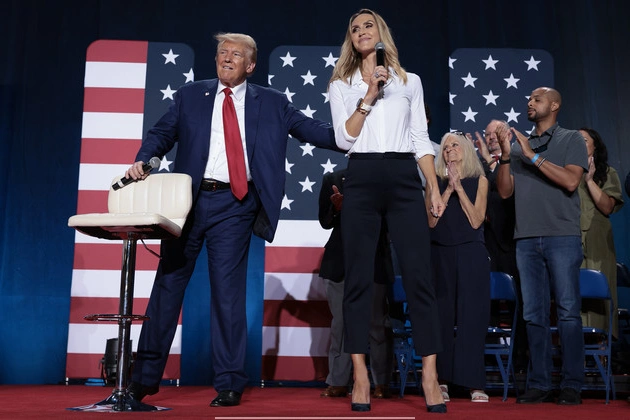
Iran’s uranium stockpile enriched to near weapons-grade levels has continued to grow, as highlighted in a recent confidential report by the U.N. nuclear watchdog. This concerning development comes amid ongoing discussions between the U.S. and Iran regarding nuclear limitations and compliance.
Stockpile Details and Concerns
The International Atomic Energy Agency (IAEA) report reveals that as of May 17, Iran has amassed 408.6 kilograms (900.8 pounds) of uranium enriched up to 60%. This marks a significant increase since the previous report in February, signaling a potentially dangerous trend.
The 60% enriched uranium is just a technical step away from reaching weapons-grade levels of 90%, heightening fears of nuclear proliferation. With approximately 42 kilograms needed to produce a single atomic bomb if further enriched, the scale of Iran’s stockpile raises serious alarm.
IAEA’s Warning and International Response
The IAEA report issued a stern warning, emphasizing Iran’s unique position as the only non-nuclear-weapon state producing such high-level enriched material. This distinction underscores the gravity of the situation and the urgent need for diplomatic resolutions.
Notably, Israel has strongly condemned Iran’s actions, with Prime Minister Benjamin Netanyahu asserting that Iran’s nuclear ambitions are far from peaceful. The international community faces mounting pressure to address Iran’s enrichment activities promptly to prevent escalation.
IAEA Findings and Implications
In addition to the stockpile increase, the IAEA’s comprehensive report exposes Iran’s lack of cooperation in addressing uranium traces found at undisclosed sites. These traces hint at past undeclared nuclear activities, raising suspicions of a covert weapons program.
The unresolved questions surrounding these sites, including Turquzabad, Varamin, and Marivan, point to a structured nuclear program operated by Iran until the early 2000s. This revelation could prompt European nations to consider reinstating sanctions against Iran, potentially heightening tensions in the region.
Global Response and Future Prospects
As speculation mounts regarding a new nuclear deal between the U.S. and Iran, uncertainties persist over the terms and implications. While diplomatic efforts continue, the specter of military confrontation looms, underscoring the need for swift and decisive actions to avert a crisis.
Ultimately, the evolving situation in Iran necessitates close monitoring and proactive measures to safeguard regional stability and global security. Addressing Iran’s nuclear ambitions remains a critical challenge for the international community, requiring collective engagement and strategic diplomacy.
